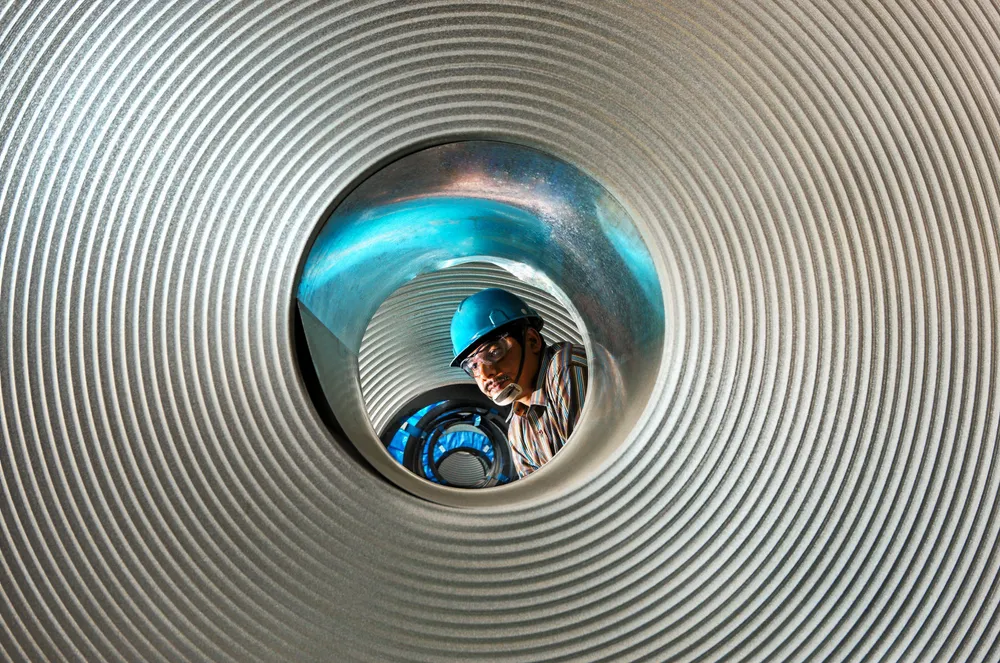India unveils subsidy guidelines for multi-billion-rupee spend on hydrogen-based green-steel pilot projects
Government to issue call for proposals that would provide funding for up to 70% of projects’ capital costs

Government to issue call for proposals that would provide funding for up to 70% of projects’ capital costs
